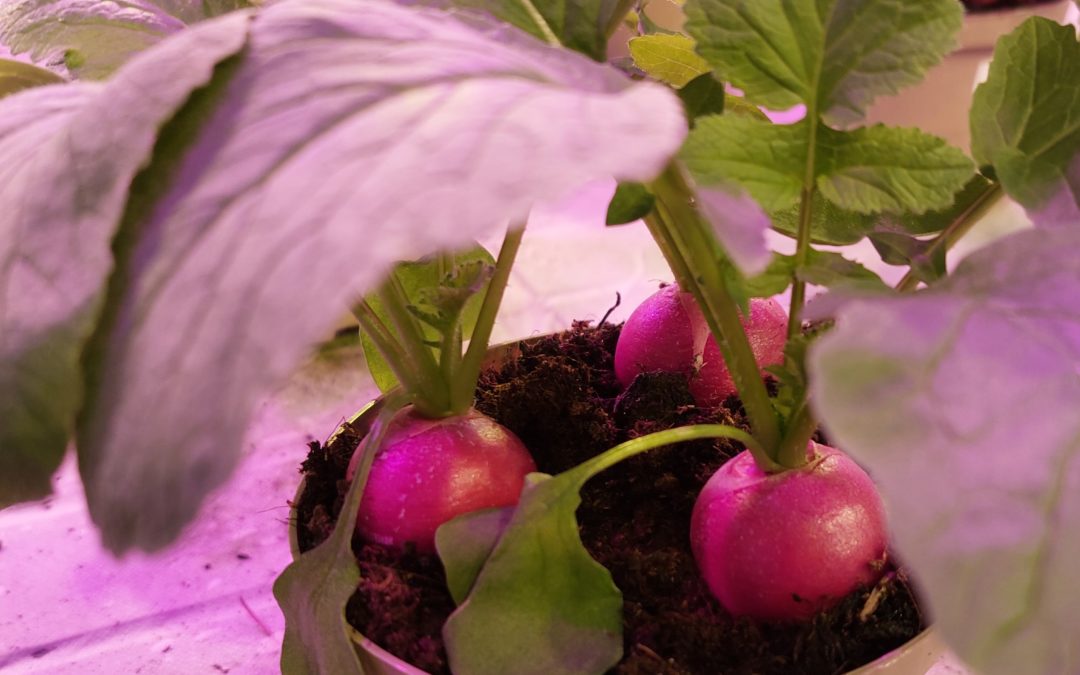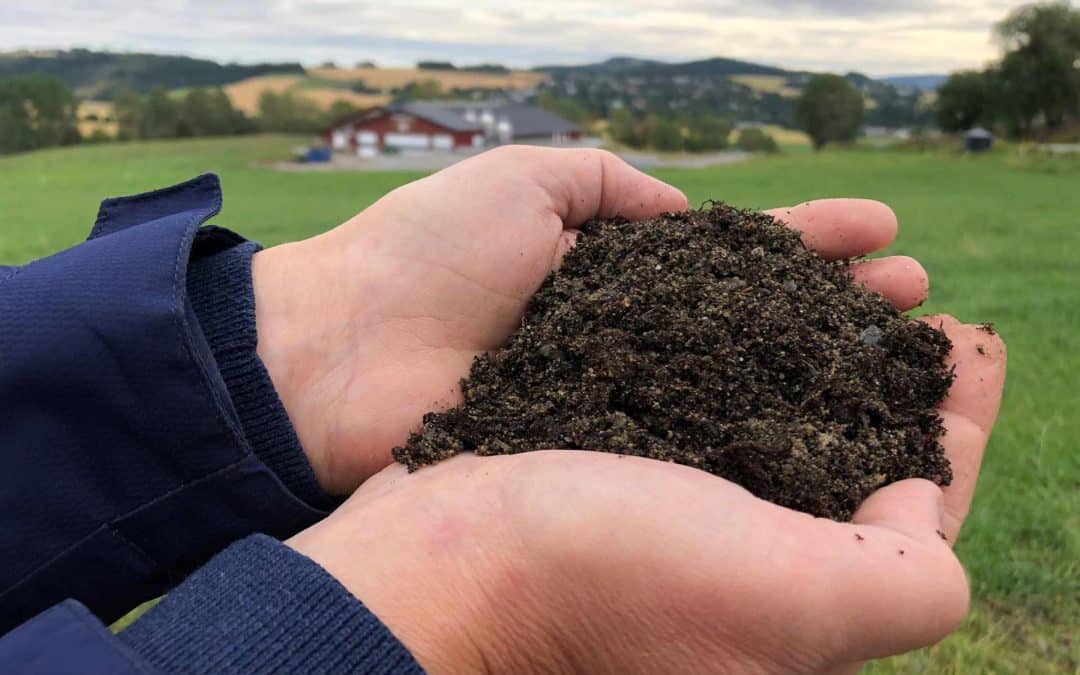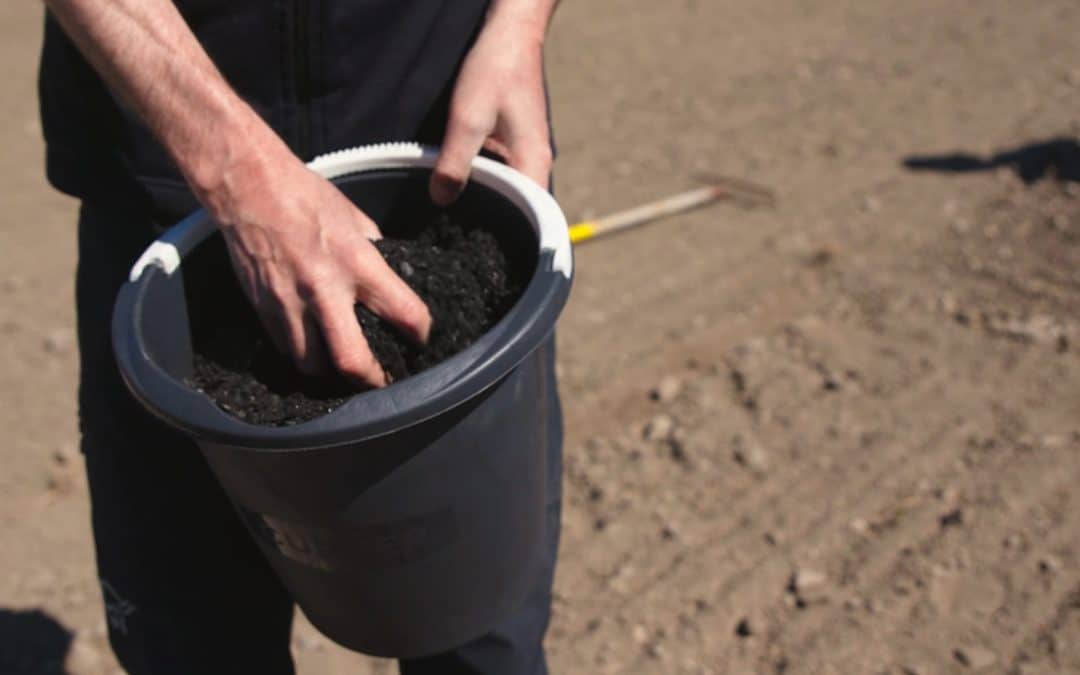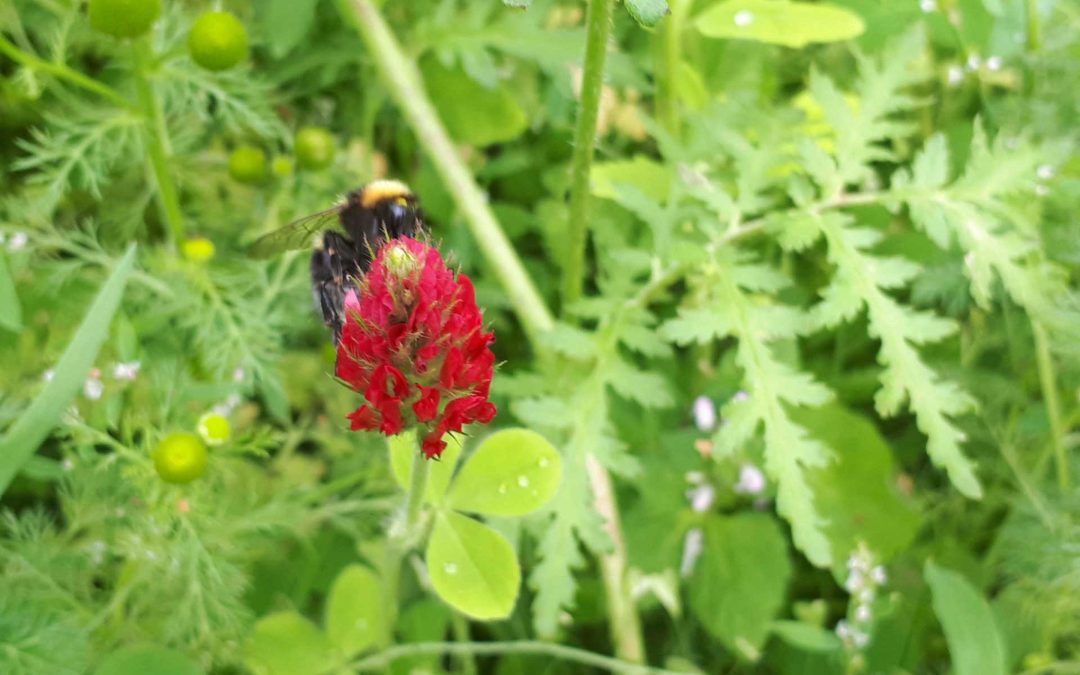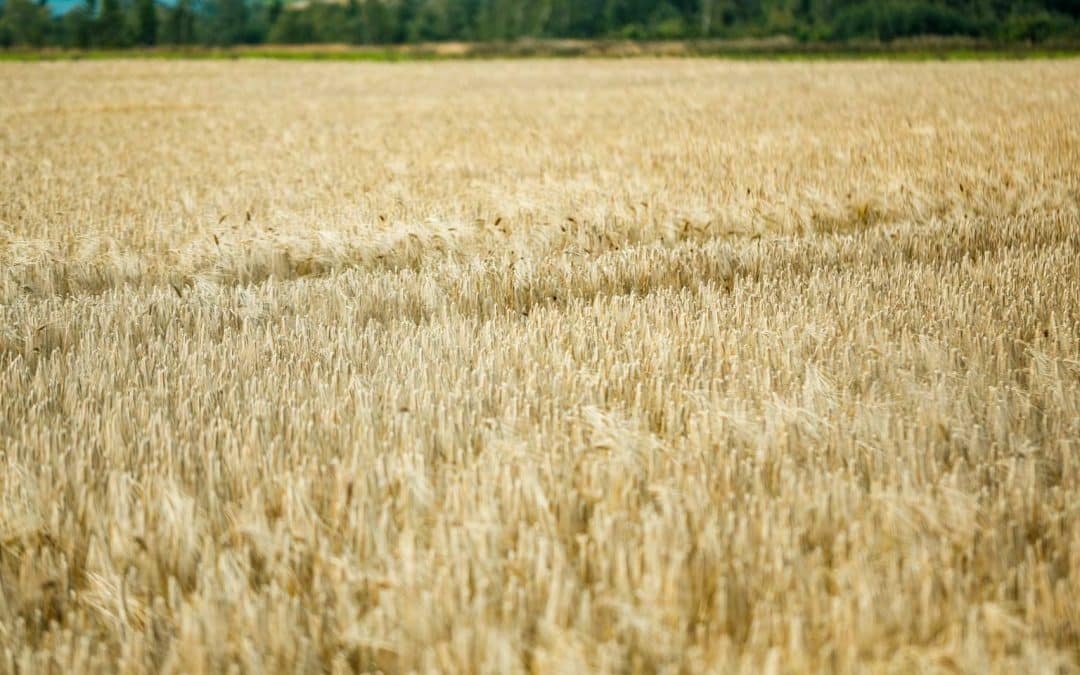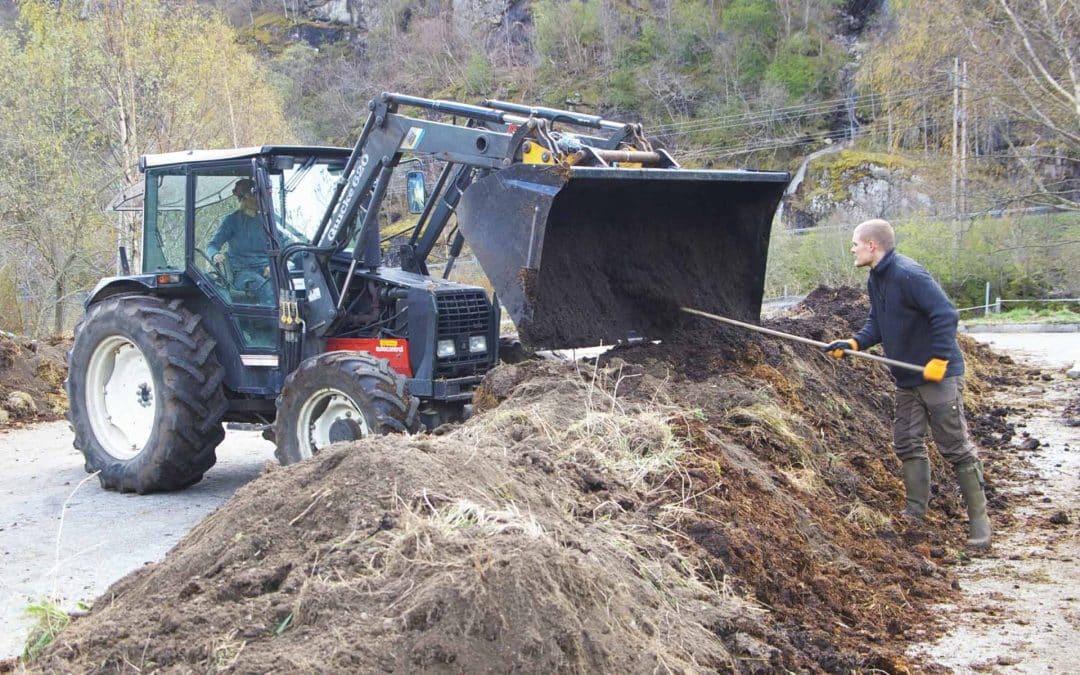
by Tove Hatling Jystad | Mar 19, 2024 | Biochar, Front page, Green plants, Carbon storage, The zero emission farm
In the greenhouse at Mære agricultural school, very special radishes and spinach are harvested. The reason why the radishes and spinach are special is because the soil in which they have grown has been supplemented with different types and amounts of biochar. Here we have made biochar from seaweed,...

by Tove Hatling Jystad | Mar 25, 2023 | Biochar, Author bio, Carbon storage
Some of the country's leading researchers on soil carbon, soil microbes and biochar were presenters at the webinar The secrets of soil carbon - about carbon sequestration, biochar and R&D on 3 June 2020. We wanted to show what we know and what we don't know about how we can sequester more.. .

by Tove Hatling Jystad | Mar 25, 2023 | Author bio, Carbon storage
In the brochure Our soil and carbon storage, we will take a closer look at the organic material in the soil, and the importance it has for building up a fertile soil. Increased carbon storage in agricultural soil is considered an important climate measure both nationally and internationally. Increase in...

by Tove Hatling Jystad | Mar 24, 2023 | Author bio, Green plants, Carbon storage
At Mære, we have over several years carried out practical testing with the sowing of various catch crops in grain with a view to soil improvement and the capture of excess nutrients. The sowing has been done at different times and with different equipment (weed harrow with sowing unit and drone). The challenge has…

by Tove Hatling Jystad | Mar 24, 2023 | Author bio, Green plants, Carbon storage
The growth cycle at Mære consists of 3-5 years of meadow and 1 year of barley. We also have ryegrass, potatoes, oats and green growth in the growth transition on parts of the area. In meadow years, we often use extra meadow seed to keep good plant growth. After agriculture became more specialized in...

by Tove Hatling Jystad | Mar 24, 2023 | Author bio, Carbon storage, Composting
On the farm, we have a lot of organic waste, e.g. tallow, fodder residues and residues from the tomato plants. We want to take care of these remains and turn them into good soil in a compost. Composting requires good knowledge to be successful and we have obtained professional resources from Sogn to...